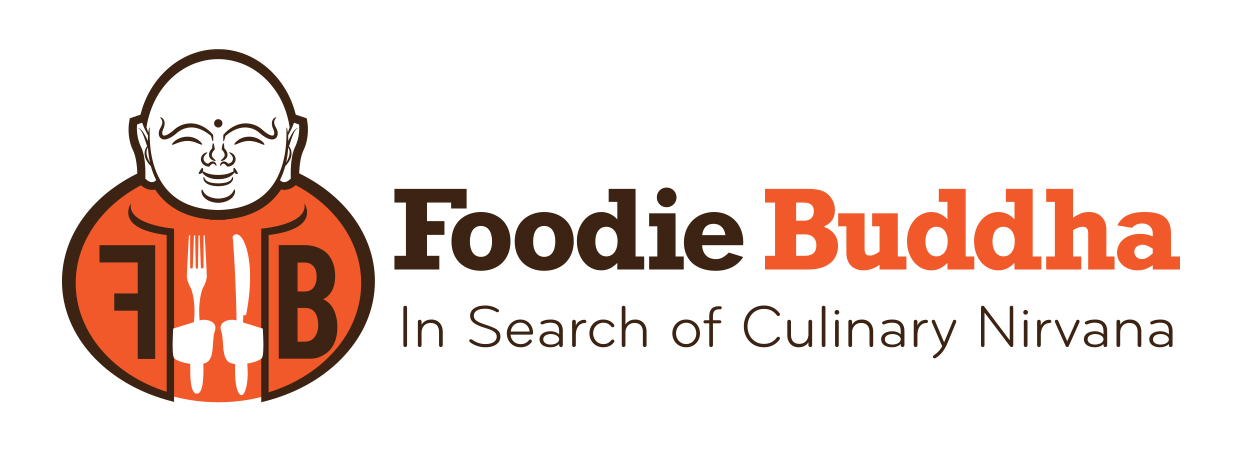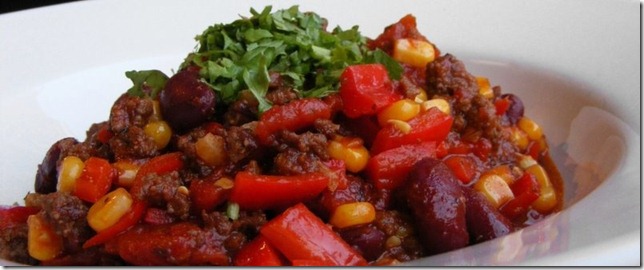Hi, I’m Foodie Buddha and I’m a hot sauce addict. Now that that’s out of the way: Top Chef Texas’s latest episode was stuffed with chilis of all types. The topics du jour were the various kinds of chili peppers and the vast number of ways one can concoct chili con carne (the proper name for the stew most people call “chili”).
The episode wasn’t full of a ton of odd ingredients or cooking techniques, but it was full of “what did they just say?” moments. Sure, authentic reared it’s ugly head again, but so too did a request not to touch someone’s breast milk that was in the fridge. I think it’s safe to assume that that light cream did not end up in anyone’s chili.
But beyond the passé edits of one liners from contestants who want to do naughty things to Padma, there were a few ingredients and techniques worthy of mention in this edition of What Was That Ingredient? Not to mention, it’s imperative that we clear up some of the widespread misinformation that appeared in the episode in regards to chilis.
Ingredients
Achiote
Achiote is a tropical shrub. In the food world, the fruit from an achiote (and more specifically the seeds) is harvested for the seeds. Beyond that it can be used as a food coloring or as a paste. Achiote is often responsible for some of that really intense red hue that many Latin American dishes have. It’s also a key ingredient in cochinita pibil, a spicy pork dish that was mentioned during the Quinceañera episode.
Curds
Curds are coagulated milk/cheese bites that are made with rennet or other acid friendly ingredients (see: lemon juice or vinegar). Curds also show up when milk is left to sour. Cottage cheese is basically one big cheese curd.
Kaffir Lime
Kaffir limes are rampant throughout Southeast Asia. If you get an order of pad Thai .. the sliced lime that you find on the side *should* be a kaffir lime.
Scoville Scale
The Scoville scale was pretty succinctly explained. It’s a manner in which the measurable amount of piquancy of a chili pepper is identified. That number is provided in SHU and really just represents how much capsaicin is present. Capsaicin is, for brevity’s sake, the chemical that makes hot sauce hot. Despite what some dingbat may tell you, pepper spray is not edible even when its SHU rating is less than that of some peppers.
Ssamjang
I think it was technically called Ssamjang paste … which is a redundancy. Ssamjang is a Korean food made of doenjang (fermented bean paste), gochujang (a hot pepper paste), sesame oil, garlic, onions, and scallions. It’s widely used in Korean barbecue to season the meat.
Chili List
Anaheim
Anaheim peppers are generally considered a mild type of peppers that hail from … yes … Anaheim California. The Anaheim chili derives from New Mexican chilis and is often called the California chili. SHU for this pepper tops out somewhere around 2,500.
Bhut Jolokia (aka Ghost Chili aka THE SOURCE OF MISINFORMATION)
Bhut Jolokia is the pepper we gringos call Ghost chili. Whether that’s an appropriate etymological use is a debate for another time. Accurate or not, when you hear Ghost chili think Bhut Jolokia. The pepper comes from parts of India, Sri Lanka and Bangladesh and was ONCE thought to be the hottest pepper in the world. That’s no longer the case. The Trinidad Scorpion “Butch T” from Australia, which tops out at 1.4637 million SHU, is the World’s hottest chili. Two English chilis, the Infinity Chili and the Naga Viper pepper, both rate higher than Bhut Jolokia and so too do a few other Trinidad types.
Fresno
Fresno peppers usually start at around 2,500 SHU and approach 10,000 SHU at their hottest. It’s not a drying pepper, so you’re best off using this for salsa.
Manzano
Manazno peppers are another type of chili that does not dry well. Perhaps its most notable feature is its black seeds. It’s grown in high altitudes and it rates out between 12,000 and 30,000 Scoville Heat Unites.
Dishes & Techniques
Blanching
Blanching is a cooking technique where you take a veggie or fruit, dump it in a bunch of boiling water, yank it out soon thereafter, and then shock it by throwing it in an ice bath. It’s an effective way to soften the flavors of a particularly pungent ingredient or giving a vegetable the characteristic equivalent of an al dente pasta.
Braising
People braise meats all of the time. Basically what you do is grill it under very high temps (generally a good sear is the way to go) and then you finish it in a pot covered in juices and what have you. Pot roast = braised meat. It’s an ideal way to cook tougher meats as braised meat is super super soft.
Purée
When you take a vegetable (or something similar) and make it creamy or liquidy – that’s a purée. Basically, anytime you get yourself some potatoes and mush the heck out of them, you’re puréeing. A purée can also take the form of a thick soup, cream, or gravy … though technically speaking, these are a bit more complex than a simple purée. Blended or sieved veggies = purée.
[image appears courtesy of Fotoosvanrobin]



1 comment Write a comment